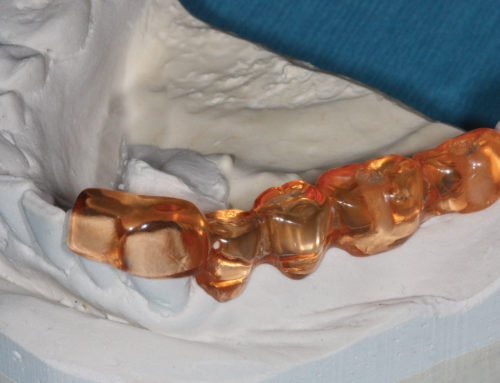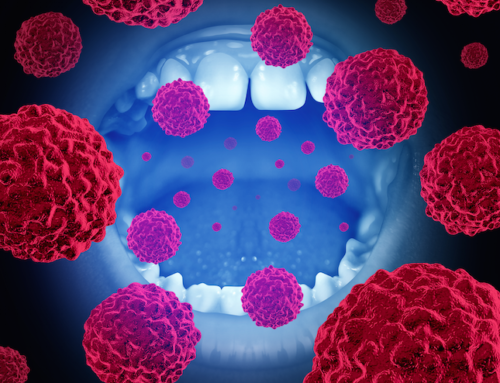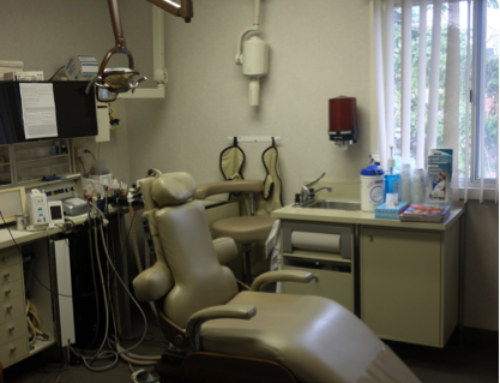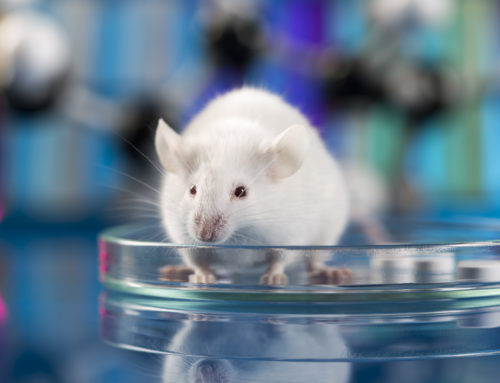Candy and good dental health aren’t generally two things that go hand-in-hand, but according to researchers at Laval University, licorice root may be worth a further look in both the prevention and treatment of common oral diseases.
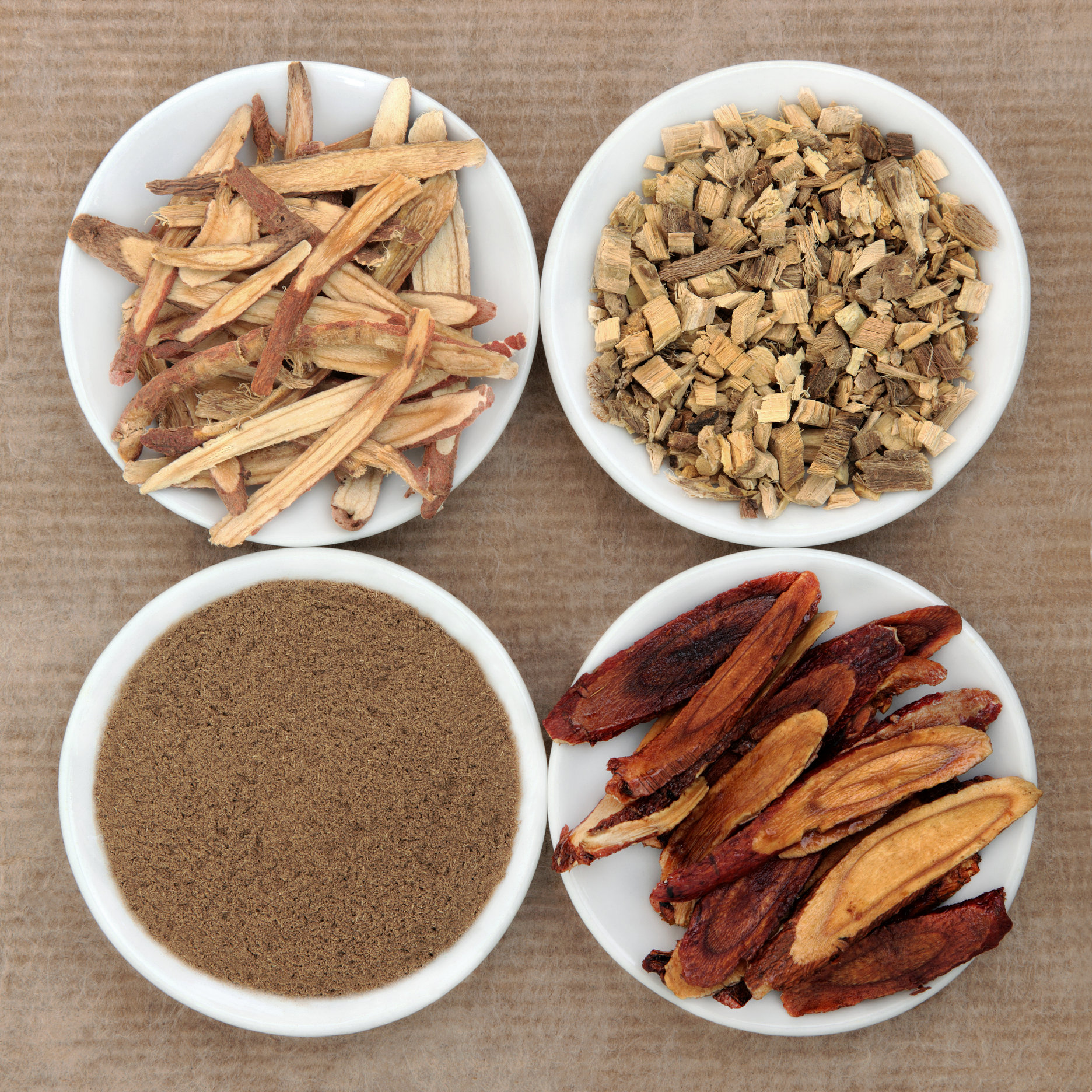
Licorice chinese herbal medicine including powder, chopped and sliced root and honey coated.
Based on findings that suggest some compounds in G. uralensis (or Chinese licorice) inhibit the growth of the cariogenic bacterium Staphylococcus mutans, the research team from the University of California, Los Angeles prepared a licorice extract enriched with glycyrrhizol A and developed a sugar-free, licorice-containing lollipop as a potential anticaries product. Pilot studies indicated that a 10-day use of the lollipops led to “a marked reduction” of salivary S. mutans, and the lollipops are now commercially available through Dr. John’s Candy.
Additional studies have indicated that licorice compounds may be effective in treating periodontal disease and other soft-tissue conditions, and may also show promise as therapeutic agents for treating oral C. albicans infections. However, no human clinical trials have been carried out in these areas. Other research has shown glabridin to stimulate osteoblasts, possibly indicating a promising treatment for the alveolar bone loss found in severe periodontal disease. Meanwhile, research surrounding the effectiveness of licorice in treating recurrent aphthous ulcers has so far been mixed, as have studies into glycyrrhizin’s ability to control plaque formation.
Researchers stress that though the anticariogenic properties of licorice have been suggested for more than 30 years, few studies fully exploring its benefits have been published, and while licorice extracts and its bioactive ingredients show promise in the prevention and treatment of common oral diseases, they need to be further investigated in clinical studies before they are incorporated into oral hygiene products.

